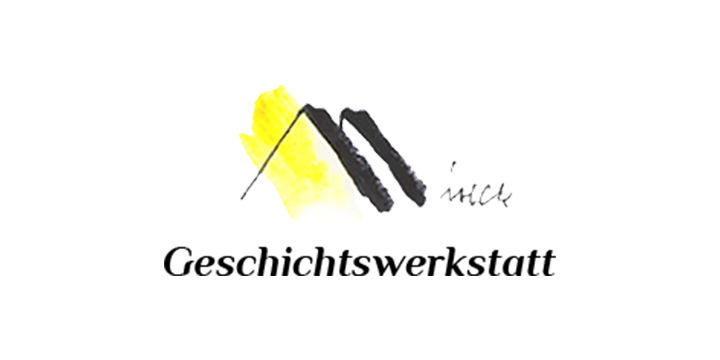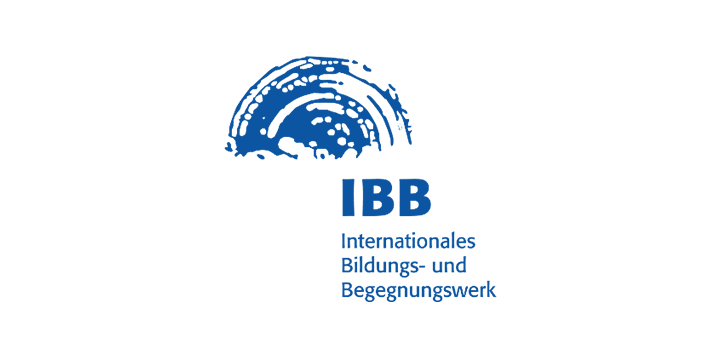Minsk
Discover Jewish life in Minsk
Listen now:
About the Minsk Ghetto AudioWalk
- No title 00:00
This AudioWalk has been produced by the Jewish historical institute Centropa and the Historical Workshop Leonid Levin at IBB Dortmund
With funding from the Federal Foreign Office and the Visegrad fund.
Drawing from Centropa interviews with elderly Jews who lived in Minsk and archival materials that were collected by the Historical Workshop, we have created a virtual guide that highlights the former Jewish Ghetto and some of the remaining historically significant sites that served the Minsk Jewish community.
Between 2005 and 2006, Centropa´s interviewers in Minsk, St Petersburg, Kyiv, and Moscow recorded the life stories of 20 of the oldest living Jews who grew up or lived part of their lives in Belarus, asking them to share their personal life stories before, during, and after the Second World War.
The Historical Workshop has collected more than 100 interviews of former inmates of the Minsk ghetto. In this Audiowalk only a fragment of their stories will be heard.
This tour tells the history of the Minsk Ghetto through 10 personal stories of Jewish Holocaust survivors who shared their memories in interviews with Centropa and IBB Dortmund. They will be your guides through the area of the former ghetto and to the places you are about to visit.
Through their eyes and their memories we will gain a better understanding of the horrors that occurred here during the Second World War.
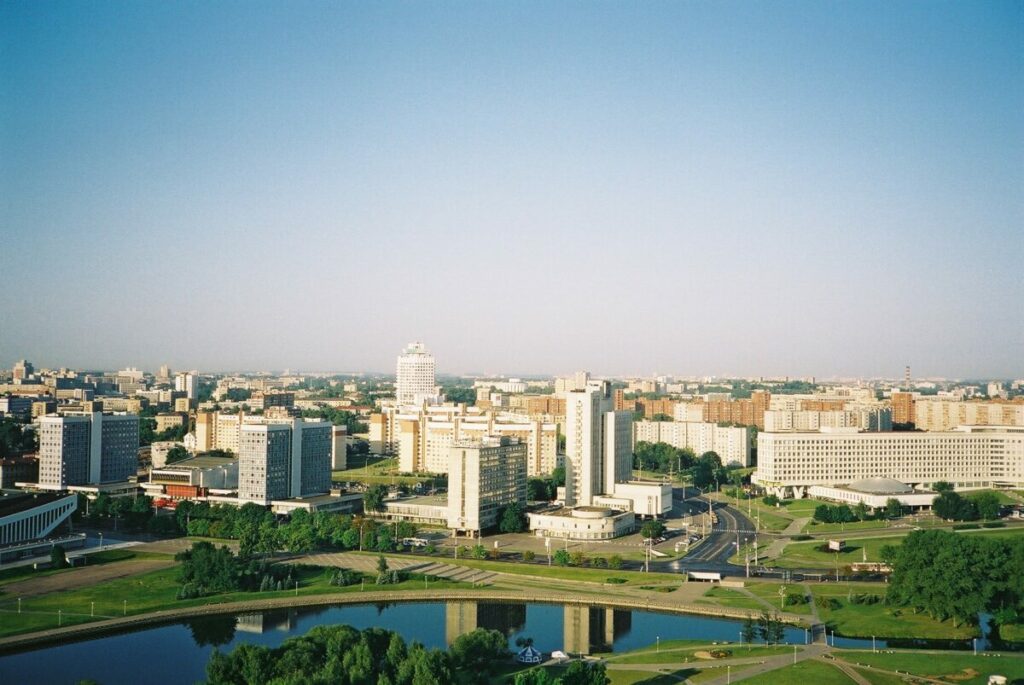
Listen now:
Introduction to Minsk’s Jewish History
- No title 00:00
Jewish life in Minsk can be traced back to 1489, when the city was part of the Grand Duchy of Lithuania. From the mid-sixteenth century the city belonged to the Polish–Lithuanian Commonwealth. In 1793, Minsk was annexed to the Russian Empire. Although the Jewish population also suffered from violence and pogroms, the Jewish community grew continuously. At the end of the 19th century, close to 50,000 Jews lived in Minsk – which meant that every second resident of Minsk was Jewish.
Minsk accommodated the fourth largest Jewish community in the Pale of Settlement, the territory of the Russian Empire to which Jewish residence was restricted. Jews worked in various professions, including the grain and wood industry, in tailoring and shoemaking, and as milliners and turners. By the early 20th century, Minsk had become a key cultural hub in Eastern Europe. The city was home to prestigious Jewish schools and yeshivahs, and Jewish political movements began to spread through Minsk and the entire region, including the Jewish workers’ Bund and Zionist movements. The city was a stronghold for Yiddish culture and publications. When the region was incorporated into the Soviet Union as the Socialist Soviet Republic of Byelorussia in 1922, it was the only Soviet republic to grant official language status to Yiddish, given the strong connection that local Jews had to the language – and the fact that they made up a significant part of the population.
Visitors arriving by train in Minsk, for example, would find the entrance to the railroad station in Minsk with the name of the city printed in four languages: Belorussian, Russian, Polish, and Yiddish.
The Treaty of Riga split Belarus in two: western part was annexed to Poland, while the eastern part remained in the Soviet Union. With time Yiddish lost its official status and Jews were subject to Stalinist repression by the authorities. The Soviet authorities took control of the entire territory following the so-called Non-Aggression Pact between Germany and the USSR.
David Taubkin graduated in 1941 and remembers Minsk of his youth: I graduated […] at the beginning of June […] The class was diverse; we did not know who was of what nationality. […] In addition, there was a significant part of the intelligentsia [in Minsk], because there were universities, higher educational institutions, there were many technical schools and, in general, it was such a conglomerate of national minorities, including Poles, Belarusians, and Russians. But still, a significant part of the population was the Jewish population. […] We lived in our house in a deep courtyard and, together with our peers, played all sorts of different games, including, of course, war. The atmosphere was somewhat tense because it felt like such significant events were approaching. Well, the boys in this case, of course, did not notice.”
In her interview with Centropa, Larisa Gorelova, a Jewish Holocaust survivor from Minsk, describes her hometown as follows: “Prewar Minsk was a large city and the capital of the Byelorussian Soviet Socialist Republic, a cultural and industrial center. The Academy of Sciences and the Minsk State University were located in Minsk. Broad, spacious avenues in the center of the city were built up with new modern buildings, though there were wooden buildings on the outskirts of the city. During the Great Patriotic War Minsk was almost totally destroyed and after the war it was, one might say, constructed anew. I saw it when I visited the town on a business-trip many years later.”
If you walk down today’s Rakauskaya Street, you will see some beautiful red brick buildings which are the remains of what once was a mostly Jewish suburb. This area was marked by synagogues, yeshivahs, and several industrial plants. The Jews who lived here were mostly merchants and craftsmen. Before the first World War, almost every building housed a workshop and only a few shops were present. On Rakauskaya Street 18, if you walk up to what today is the “Turkmenian-Belarusian Trading House”, you are looking at a former soup kitchen for less-privileged Jewish community members. Right next door, on Rakauskaya Street 17, you can find the so-called house of Abram Cherchis, built in classicist style. It used to be a ballroom and a place for festive events.
Today, the “Rakauski brovar”, the Rakau brewery, is a well-known pub in Minsk. Its original purpose was, in fact, a place of learning. Built in 1888, it was home to a yeshivah – an educational institution which trained boys to become rabbis.
At the turn of the century, numerous synagogues met the religious needs of the growing Jewish population. Before World War II, there were 83 synagogues in Minsk. The Grand Choral Synagogue was built in 1904 and was one of the biggest synagogues in the city. However, as early as the 1920s many synagogues were closed down by the Soviets, and the Grand Choral Synagogue was later given to the State Jewish Theater, which staged plays in Yiddish. The Grand Choral Synagogue functions as the Maxim Gorki National Theater today. Not much remains of the building’s former appearance, but if you walk to the right and look at the wall, you can see some of the remnants of the former synagogue wall.
Elena Drapkina recalls from her childhood in the 1930s:
“Grandfather visited the synagogue and there he probably communicated with the community members. My parents did not go to the synagogue: they had to work a lot, they had no time for talking, and it was necessary to take care of 3 children. I remember that once our parents went to the theater, and we, my brother and I remained at home. There were no locks at that time, I barred the door and we fell asleep. We did not hear our parents return from the theater, did not hear them knocking at the door. Daddy had to bring a ladder, climb the stairs, and get in through the small opening windowpane of the room on the 2nd floor. When I became older, we often went to the Minsk Jewish theater. I remember Tevye Milkman’s performance. The theater was closed before the war burst out.”
Other notable synagogues included the Large Synagogue, colloquially known as the “Cold Synagogue,” as it was often not heated in the winter months. It was one of just three synagogues to survive the Second World War, though it was demolished in 1965. Additionally, Zaltzman’s synagogue was another religious site that was frequented by poorer members of the Jewish community in Minsk. Under German occupation, it was used as a residential building in the Minsk ghetto, before turning into a cinema and Pioneer Center in the Soviet Union.
Mikhail Treister, a former ghetto prisoner, described the living conditions: “Our first lodging in the ghetto was the hall of the former cinema on Rakauskaya Street, opposite the bread-baking plant. Besides us, there were about a hundred other wretched souls in the same pitiable conditions there. The families partitioned their living spaces with blankets.”
Today, there are three active synagogues in Minsk, which are not housed in historical buildings, while the two historical buildings of the former Zaltzman synagogue and former Choral Synagogue have been repurposed.
Listen now:
The Minsk Ghetto
- No title 00:00
The Holocaust irrevocably altered the fate of Belarus’ Jewish community of Minsk, which at the time, made up one-third of the city’s entire population.
With the looming threat of German occupation, 98,000 people fled the capital, including 45,000 Jews. Some of them managed to evacuate to the eastern regions of the USSR. But around 80,000 Jews were trapped in Minsk.
At the start of Operation Barbarossa, the German invasion of the Soviet Union, pogroms and executions targeted towards the Jewish population began in the occupied territories. The Jewish population began to steadily decline. Rita Kazhdan, a survivor of the Minsk ghetto and Centropa interviewee, describes the early days of the occupation of Minsk:
“On 22nd June 1941 the Great Patriotic War broke out. My parents were working on the 22nd, when the war was announced. It was a Sunday. Everybody was shocked and panic-stricken, but no one believed it was true. On 24th June, [the Germans] began bombing Minsk from early morning. My parents didn’t believe that they were bombing Minsk. They parents left for work. I remained at home with the housemaid. At 12 o’clock mother came running from work. When the massive bombardment of Minsk was launched, we went downstairs with the housemaid and my brother into the air-raid shelter. Air supply ceased, and in order not to suffocate, we went out into the street and saw these bombs falling on the city with a terrible shriek.”
Many Jewish men and other civilians were killed in the beginning of July. On 19 July 1941, the Wehrmacht issued an order to create a ghetto in Minsk in the Rakauskaye suburb, the oldest and poorest section of the city. The order clearly defined the boundaries of the ghetto not far from the city center and included about 40 streets and lanes in the northwestern part of the city near Jubilee Square and the Jewish cemetery, spanning 2 square kilometers in total. It was surrounded by thick rows of barbed wire. The Minsk Ghetto was the second largest in the Soviet Union, after the Lvov Ghetto.
The Jews of Minsk, who until then had been living side by side with their gentile neighbors, were given only five days to collect their belongings and move into the ghetto, as Elena Drapkina remembers:
“When the Germans entered the city, they posted notices that all Jews should gather in one district. Those Jews who lived in the named district had to remain in their houses, and Russians had to leave their apartments. Our house was on the Russian side of the street. We had no time to change our apartment, but on the ghetto territory there lived father’s younger brother (uncle Tolya), he had a small room of 14 square meters and a tiny kitchen of 5 square meters on the ground floor.”
Rita Kazhdan, a friend of Elena Drapkina, also remembers the day her family was forced to leave their home:
“On the 25th of July, we were herded into a ghetto. They sealed the territory off with wire. There we settled together with the family of Mum’s friend. Father got fixed up as an electrician in the printing house where Mayer, the husband of mum’s sister, worked and maintained the family. At that time, we had nothing – everything burned with the house. According to the order of the authorities, we had to hand in the list of all lodgers of our house.”
Overcrowding was a serious problem in the Minsk Ghetto. There was approximately 1.5 m² of living space per person and several families had to live in one room. Food was in scarce supply, with potato peels serving a staple meal alongside scraps of food that workers would pick up on the way to work in the city, outside the ghetto territory.
One of the workers was young Elena Drapkina, who recounts:
“Jews who failed to appear in the ghetto had to be executed. So, we lodged in that small room. It was possible for Jews to live only on the ghetto territory. But while it was not enclosed with barbed wire yet, we managed to get out for a certain time to find food, though it was forbidden. When the territory got enclosed, they organized a labor exchange and people went there. Daddy and I also went there.”
The situation in the ghetto was dreadful and the already weak and starving inhabitants had to survive unsanitary conditions, lacking medication, water, and electricity.
In Nazi-occupied cities Jews were required to wear yellow patches on their clothing so that they could be easily identified. In Minsk, these are badges of a special round shape.
At first, executions of Jewish prisoners were carried out on the territory of the Minsk ghetto. The mass killing of Minsk’s Jews soon took on a systematic nature, leading to thousands of Jews being killed.
The Nazis developed a special approach that allowed for the gradual, purposeful, and systematic mass murder of Jews, including women, children, and seniors. Constant raids and pogroms in the night were part of the Nazis’ efforts to liquidate the Minsk Ghetto over a period of time. Alongside these raids, people were grabbed on the streets and taken away.
Every day people were killed in the ghetto, witnesses recall ten major pogroms. The first one took place on Nov. 7, 1941, a few months after the establishment of the Ghetto.
Between November 1941 and October 1942, the Nazis transported more than 23,000 Jews from Germany, Austria and the Protectorate of Bohemia and Moravia to Minsk, many of whom were murdered in Blahauschyna, near the nearby village of Maly Trastsianets. The final pogrom which destroyed the remaining ghetto population took place on October 21–23, 1943.
Within the Minsk Ghetto, there was a second, smaller ghetto that was used to house deported Jews from Germany, Austria, and the Protectorate of Bohemia and Moravia. It was called the Sonderghetto and began being populated in November 1941.
Jewish prisoners arrived in Minsk in 7 trains and were sent to live there. Passengers of later trains were sent directly to the Blahauschyna Forest upon arrival, where they were ultimately killed.
Some of the ghetto prisoners managed to escape, as many of the houses surrounding the ghetto had shelters – malinas – that would be able to conceal entire families. The Minsk Ghetto had an extensive underground network of resistance fighters who would use one of the infectious disease hospitals in the ghetto as a meeting place, despite it being a place where doctors treated wounded individuals during the war. Already in the summer of 1941, Belarusian Jews formed an underground resistance, which organized escapes from the ghetto and managed different partisan units in the forests outside of Minsk. The ghetto underground functioned until the ghetto’s liquidation in 1943 with 22 underground groups in the ghetto in total.
There are no exact numbers of death rates in the Minsk Ghetto from the summer of 1941 to autumn of 1943. However, estimated numbers based on archival materials and documents vary greatly between 60,000 and 92,000 Jews.
The ghetto was liquidated by the Nazis in October of 1943, only a few dozen Jews managed to hide inside a house in the ghetto until the liberation of Minsk by The Red Army in July 1944.
Even though some Jews were able to flee the ghetto, most of them did not survive the war. In total, up to 90 percent of the Belarusian Jewish population was murdered during the Holocaust.
After the war, many survivors had hope of a new life, but they were faced with many challenges. They learned to live anew, but at the same time, many were faced with Soviet antisemitism. With the creation of the State of Israel in 1948, it was a highly desirable place for many Soviet Jews to live, but given the closed borders of the USSR, few were able to leave before the collapse of the Soviet Union in 1991.
Having gone through the hell of ghettos and concentration camps, they hid their past, wary of persecution during the Soviet era. When Belarus became independent in 1991, following the collapse of the Soviet Union, Jewish community life began to thrive again and former Ghetto prisoners were able to tell their stories. Throughout the city, monuments and memorials serve as reminders of the once-prosperous Jewish life in Minsk – and underscore some of the darkest moments in the city’s history.
Since the Second World war, most of the Jewish population in Belarus is concentrated in urban centers like Minsk.
All stations from the Minsk Ghetto AudioWalk

1. Entrance to the Ghetto
When the Nazis invaded Belarus in June 1941, the Jews of Minsk and the surrounding area were forced to move to the Minsk Ghetto within five days. The ghetto was established in the poor Rakauskaye suburb. From November 1941, the area was surrounded by barbed wire, and the people were allowed to leave only in work detachments.
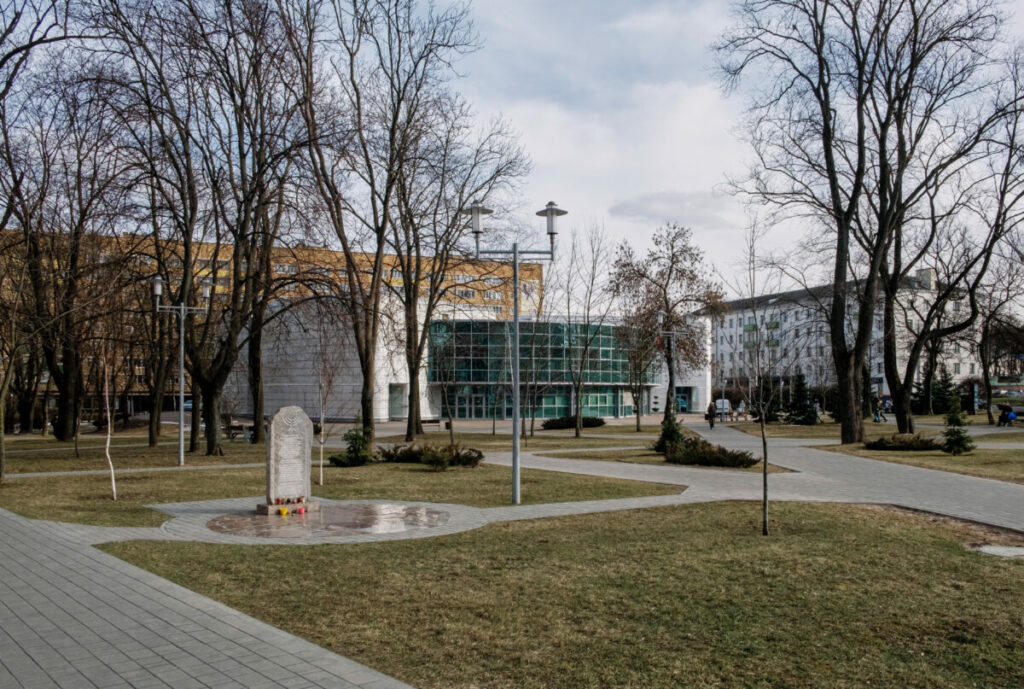
2. Jubilee Square
Today, the Jubilee Square – in Belarusian: Jubilejnaja Ploscha – is a place of entertainment that houses, for instance, the Belorussian Cinema. During the German occupation, however, it was the central place of the Minsk Ghetto and therefore a square where numerous crimes against the Jewish population took place.
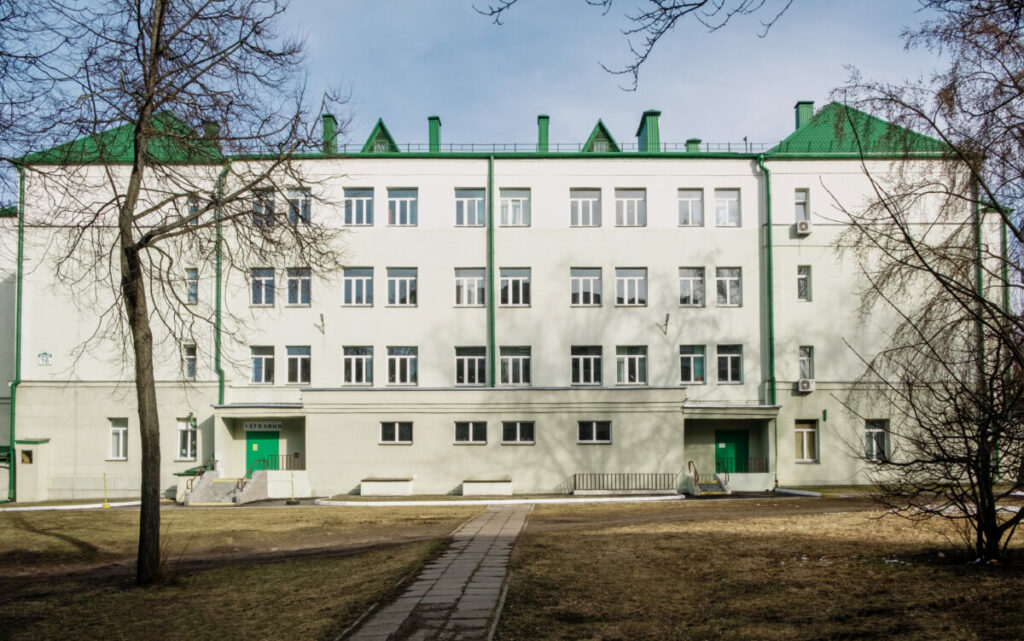
3. Sonderghetto
In November 1941, two “special ghettos” were established for the 7,000 Jews deported to Minsk from Western Europe, who were isolated from the Jews from Minsk. To make room, the city security police and the SS murdered thousands of Belarusian Jews.

4. Infectious Diseases Hospital / Music School
Organized resistance against the German occupation in Minsk began as early as August 1941. The building, which today houses a music school, served as a hospital and a base for the underground movement during the time of the Minsk ghetto.

5. Jewish Cemetery / Memorial Square
The Jewish cemetery was founded in the 19th century. During the Second World War, the German occupiers carried out mass shootings here. Thousands of Jews were murdered on the cemetery grounds and buried in mass graves. Today, the memorial “Broken heart” commemorates those murdered here.
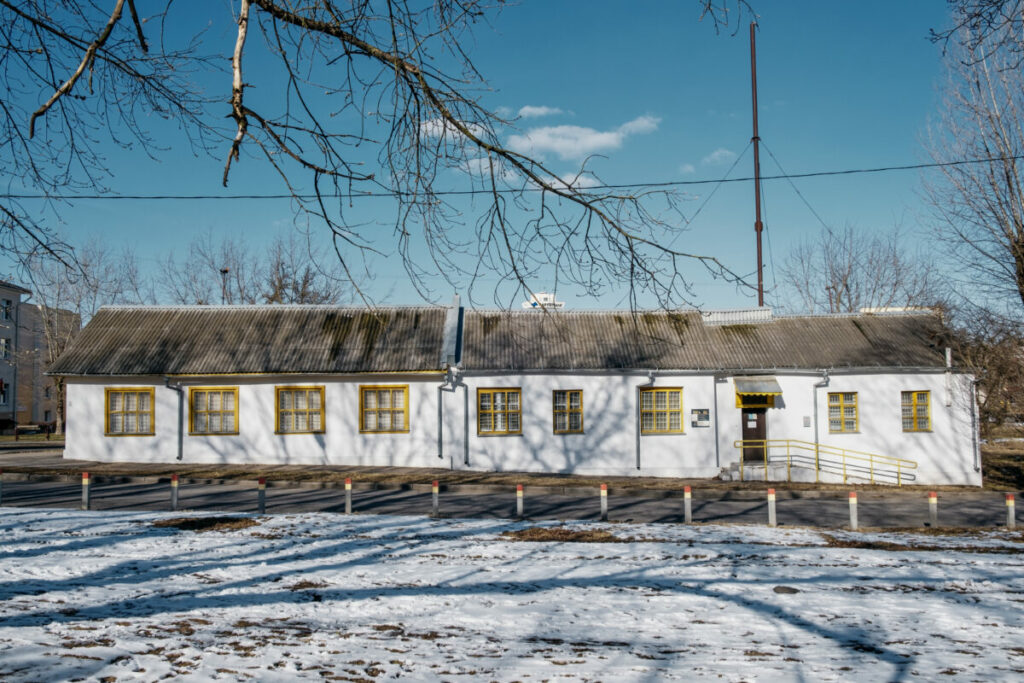
6. Historical Workshop Leonid Levin Minsk
Before the war, the house that now houses the Leonid Levin History Workshop was owned by the Biarkouski family. Leib Biarkouski was a guardian of the nearby Jewish cemetery. During the time of the Minsk Ghetto, this house housed a secret hiding place for Jews, which functioned as a so-called Malina.
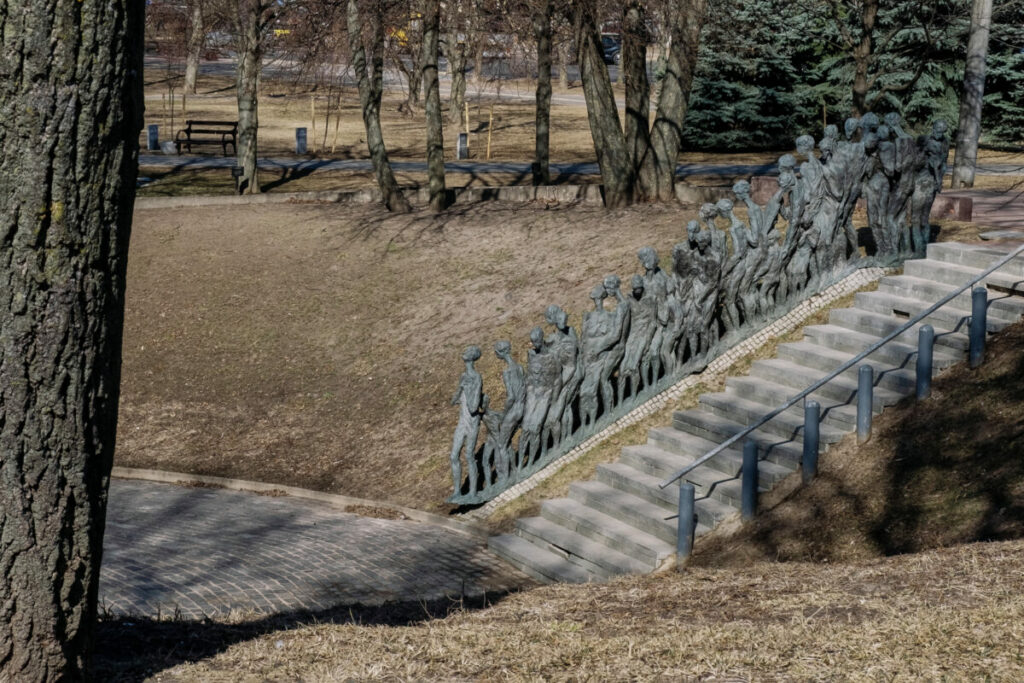
7. The Pit Memorial / “Yama”
Located in the heart of Minsk, the so-called Yama serves as the main memorial to the Belarusian victims of the Holocaust. The huge memorial is located on the site where several thousand Jewish residents of the Minsk ghetto were shot to death on March 2 and 3, 1942. The oldest part, the “Obelisk”, was erected as early as 1946.
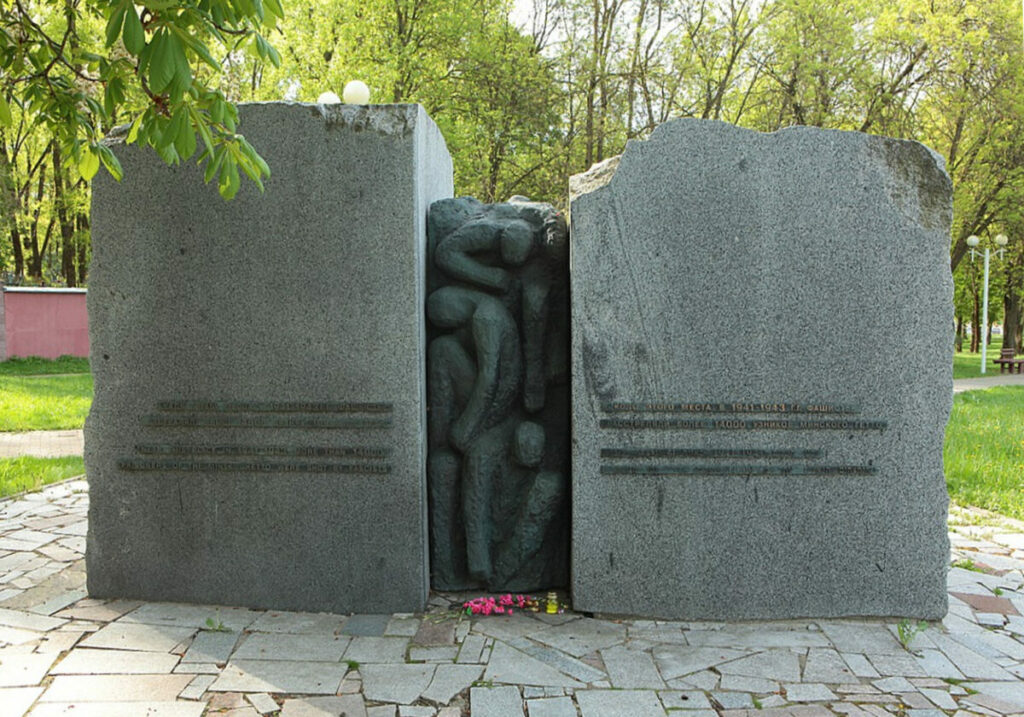
8. Tuchynka
Tuchynka was a village near Minsk where Jews were murdered during the German occupation. The mass shootings were carried out outside the city to attract less attention. Today, a memorial remembers the 14,000 people murdered.

9. Maly Trastsianets Camp Memorial
Maly Trastsianets was initially a place of mass shootings and systematic extermination of Jews. The first mass shootings took place in 1942 in Blahauschyna Forest about 13 km from Minsk and not far from the village of Maly Trastsianets.
